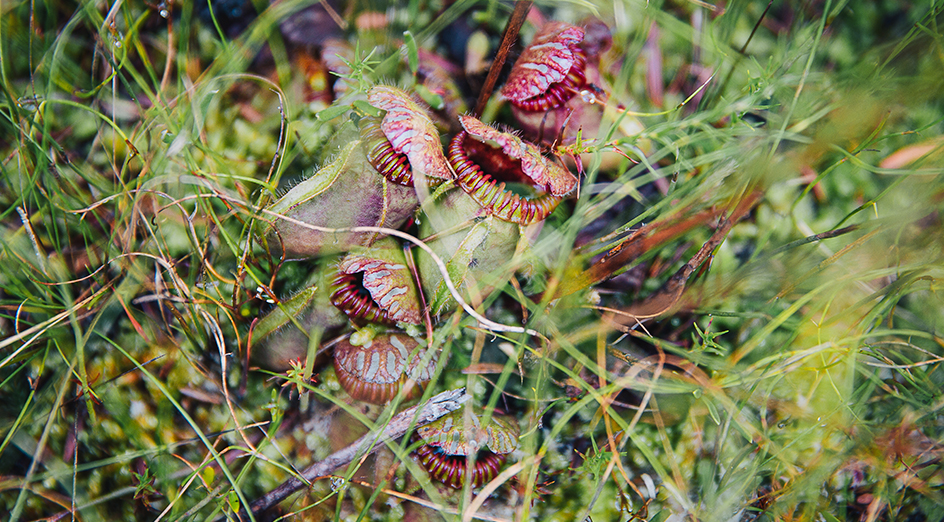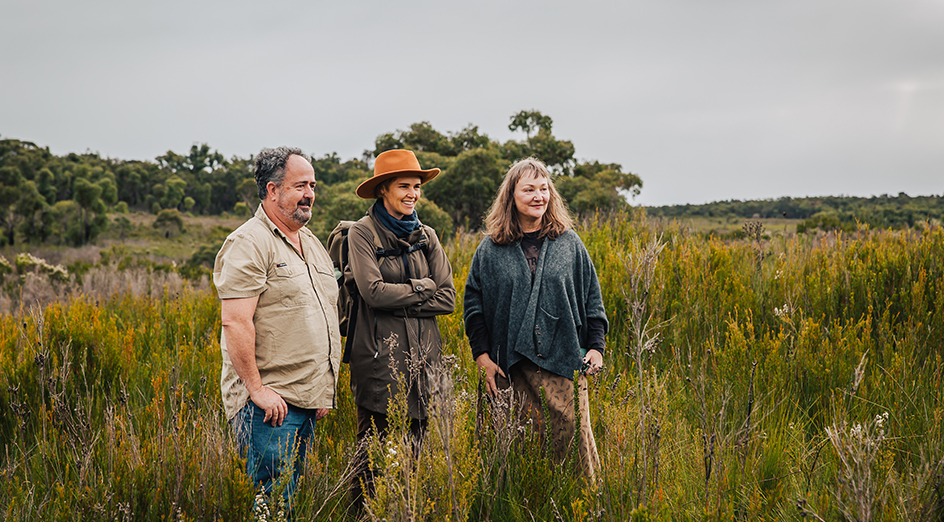World-class research into critical peatland ecosystems in Western Australia’s South West has received a $1.3 million funding boost from The Ian Potter Foundation, one of Australia’s major philanthropic organisations.
“Our goal is to beam a light on to understudied peat ecosystems and to work toward protecting them globally in regions where climates are drying.”
Associate Professor Nicki Mitchell, UWA
The project, PEAT – Protecting Peatland Ecosystems and Addressing Threats in Southwestern Australia, led by conservation biologist Associate Professor Nicki Mitchell from the School of Biological Sciences at The University of Western Australia, will initially focus on mapping peatlands and describing their geodiversity, hydrology and biodiversity.
This knowledge will be used to design management strategies to conserve peatlands in collaboration with government, the community and traditional owners.
Despite only accounting for around three per cent of the world’s terrestrial surface, peatlands store more carbon than any other ecosystem found on land, including rainforests.
The peatlands in the Walpole Wilderness Area are particularly diverse and contain rare species such as the Sunset Frog and the mysterious Albany Pitcher Plant fly.

Image: The mysterious Albany Pitcher Plant.
Currently, these saturated ecosystems face an uncertain future due to a drying climate, changing fire regimes and damage from feral pigs.
Peat soils are derived from plant material and are widespread in south-western Australia but many are in remote areas and little is known about how they form and persist, or the biodiversity they support.
The five-year project, led jointly by UWA and Edith Cowan University, has assembled an interdisciplinary team of scientists and Noongar elders from five organisations, including the WA Department of Biodiversity, Conservation and Attractions, the Walpole-Nornalup │į╣Ž═°šŠ Park Association and the Western Australian Museum.

Image: David Edmonds from the Walpole-Nornalup │į╣Ž═°šŠ Park Association with UWA’s Associate Professor Nicki Mitchell and Louise Arkles from the Ian Potter Foundation.
The team includes ecologists, archaeologists, geneticists, hydrogeologists, frog and invertebrate experts, soil scientists and UWA’s eminent conservation biologist Professor Stephen Hopper AC.
“No other project focused on a threatened ecosystem matches this in terms of cross-institutional collaboration, co-design and execution,” Associate Professor Mitchell said.
“Our first visit to peatlands with managers and Noongar knowledge custodians has already revealed how special and fragile these habitats are.”
The project also has a strong focus on community engagement, building on successful ‘bioblitzes’ coordinated by the Walpole-Nornalup │į╣Ž═°šŠ Park Association.
“Our goal is to beam a light on to understudied peat ecosystems and to work toward protecting them globally in regions where climates are drying,” Associate Professor Mitchell said.
Image at top of page: credit Holly Winkle







